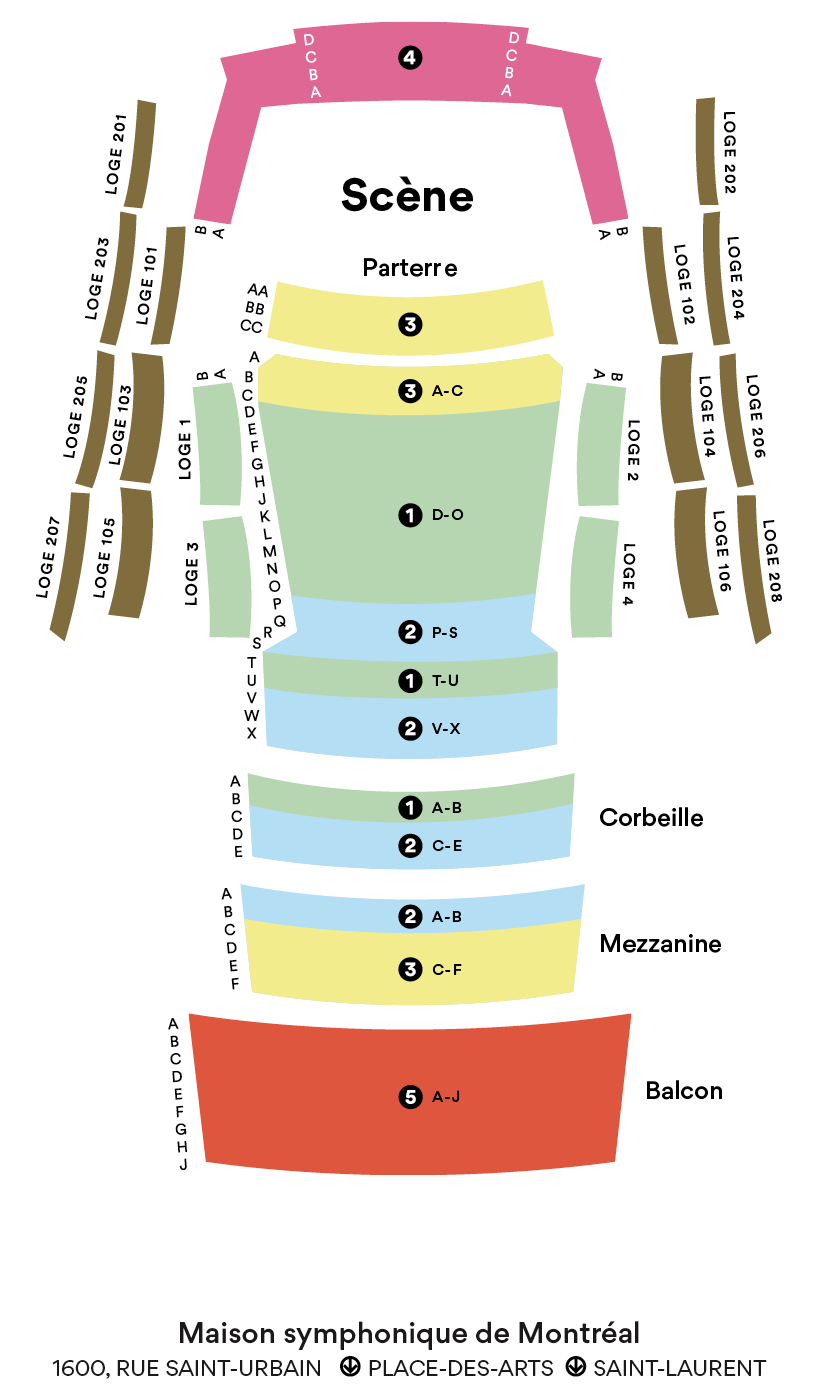Symphony in D minor
Franck
1822 – 1890
Born in Belgium, César Franck was one of the main architects of the renewal of French music toward the end of the 19th century. As his obligations as a professor at the Paris Conservatoire and organist at Sainte-Clotilde Basilica left him little free time, Franck didn’t compose much, and his masterworks all date from the final years of his life. His musical style is a remarkable synthesis of the baroque and romantic languages, in which are found influences of Bach, Beethoven, Liszt and Wagner. Franck was venerated by his disciples, for his teaching and for a devotion that earned him the nickname pater seraphicus. His students included Vierne, Chausson, Pierné, Duparc, Tournemire and, above all, Vincent d’Indy (1851-1931). Intent on transmitting the Franckian spirit, d’Indy founded a new music school called the Schola Cantorum, which was attended by Roussel, Satie and Honegger, among others.
Franck completed his only symphony less than two years before his death. The work is noteworthy for its writing and the impression of power and heroic grandeur it conveys. Its architecture is both traditional and original. Franck conceived of it as a classical four-movement structure but melded the slow movement and scherzo into a single entity, with alternating tempos. This central movement begins with a melancholic cor anglais solo. The first movement bathes in a sombre, dramatic atmosphere but ends in light. The finale overflows with joy and energy. In it, Franck reuses several themes heard in the preceding movements, giving the entire symphony a strong sense of unity: this is the compositional technique known as the cyclic form. Franck’s Symphony is one of the highpoints of French Romantic music.
© 2022 Claudio Ricignuolo
Translation by Craig Schweickert
